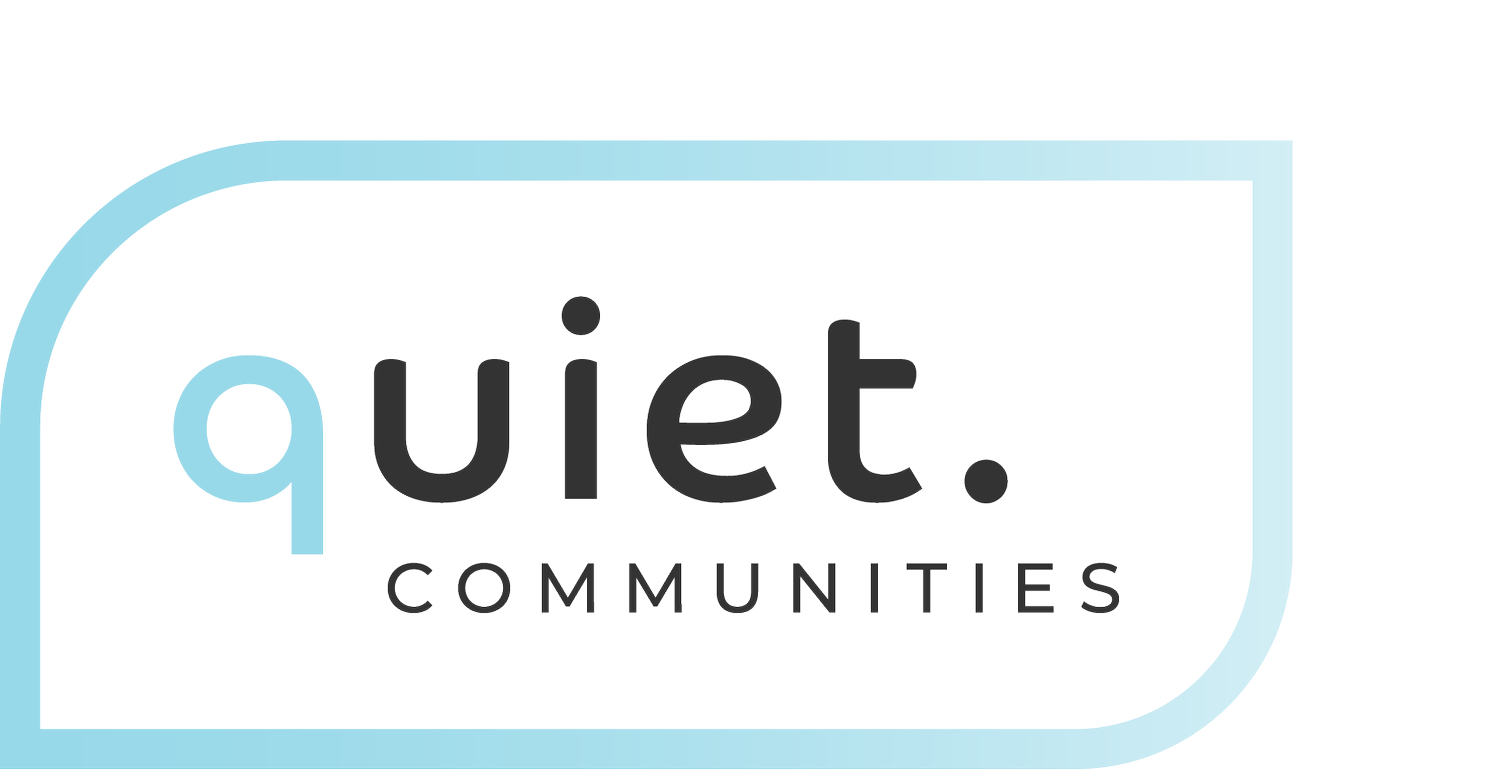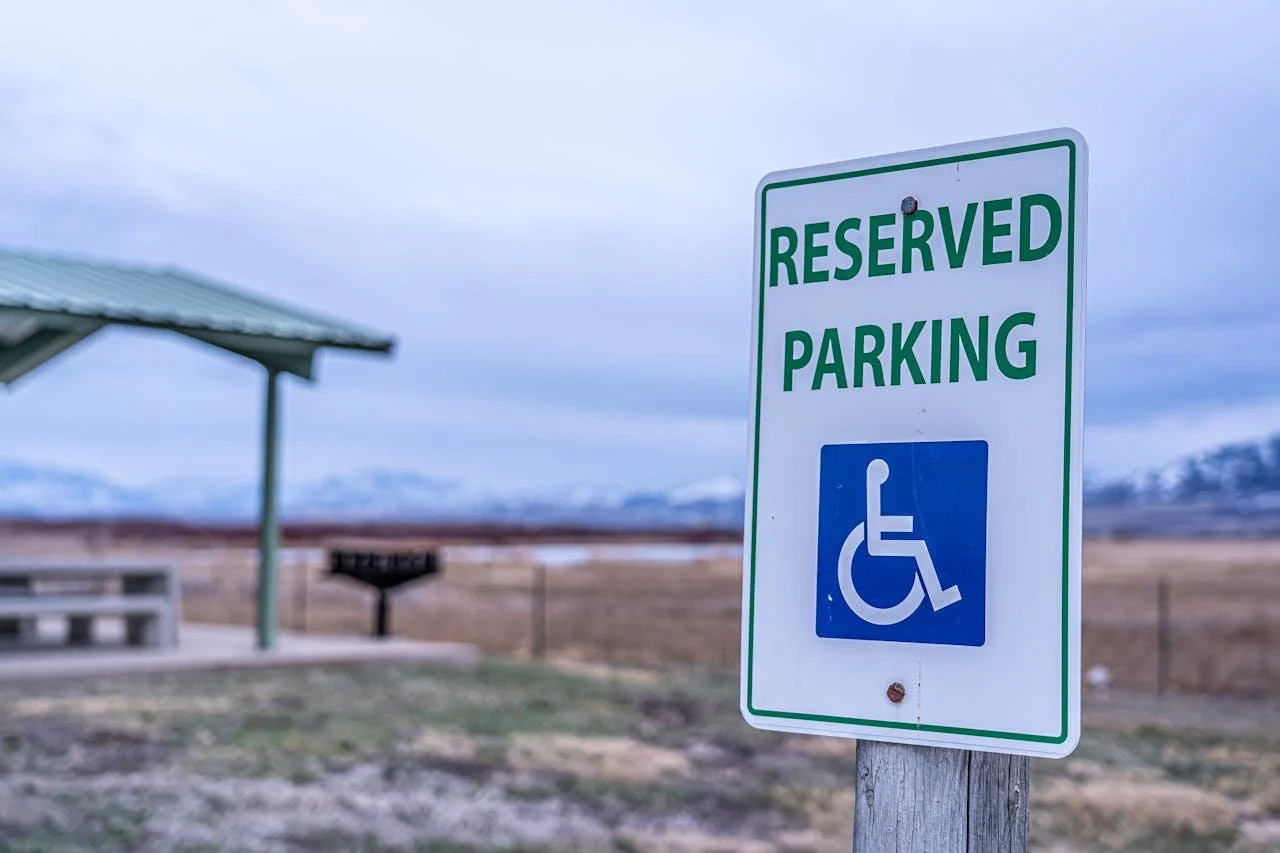Is it better to have a visible disability or an invisible one?
by Daniel Fink, MD, Chair, The Quiet Coalition
Photo credit: Castorly Stock
Is it better to have a visible disability or an invisible one? That’s a trick question — it’s better not to have a disability at all — but disabilities are very common. According to the Centers for Disease Control and Prevention, 28.7% of American adults have at least one. The most common disabilities are problems with cognition, affecting 13.9% of American adults, and mobility problems which affect 12.2%. Hearing loss comes in fourth place, affecting 6.2% of American adults. I would classify hearing loss as an invisible disability. Unless a person is wearing a visible hearing aid, others won’t know that person can’t hear.
I was reminded of this question recently when I went to get my COVID booster. In the pharmacy parking lot, a younger person parked in a spot reserved for those with disabilities. She got out of the car without any obvious difficulty. Was she using a parent’s placard?
I then remembered a doctor I worked with many years ago who had a rare genetic condition that caused early arthritis. He already had bilateral hip replacements but still had pain when walking. He told me that people sometimes yelled at him when he parked in spots reserved for the disabled, despite the blue placard hanging from his rearview mirror, because he was under 40 and they couldn’t tell that he had a disability. He taught me that just because someone doesn’t have a visible disability doesn’t mean they don’t have one.
I also thought of an older man I knew when I first moved to Los Angeles. He had suffered visual loss after a severe infection with a high fever, but was able to function quite normally. He walked with a cane because he had knee arthritis, and traveled around Los Angeles by bus. One day I was running an errand and saw him stride purposefully across a street where he nearly got hit by the car right in front of me. I realized that drivers couldn’t tell that he was almost blind.
When I returned home I called his daughter, whom I also knew, and told her what had happened.
“You need to get your father to the Braille Center and get him a white cane,” I said.
Some months later I saw the man again, and asked how he was doing. He replied that things had improved, and people were becoming much nicer, helping him cross the street or find things at the market. He told me the bus driver announced his stop for him. People could now tell that my acquaintance couldn’t see, and would try to help a stranger with an obvious disability.
Unless a person is wearing a visible hearing aid it’s impossible to know that someone has a hearing loss. There are buttons and pins available that inform others that one has hearing loss, but I have never seen anyone wear one. Why? There is a stigma associated with hearing loss.
There are many causes of hearing loss, but noise-induced hearing loss is the only type of hearing loss that is 100% preventable. October is National Protect Your Hearing Month. Everyone should be aware that if something sounds loud, it’s too loud and one’s auditory health is at risk.
Turn down the volume, leave the noisy environment or use hearing protection and one’s ears should last a lifetime.

